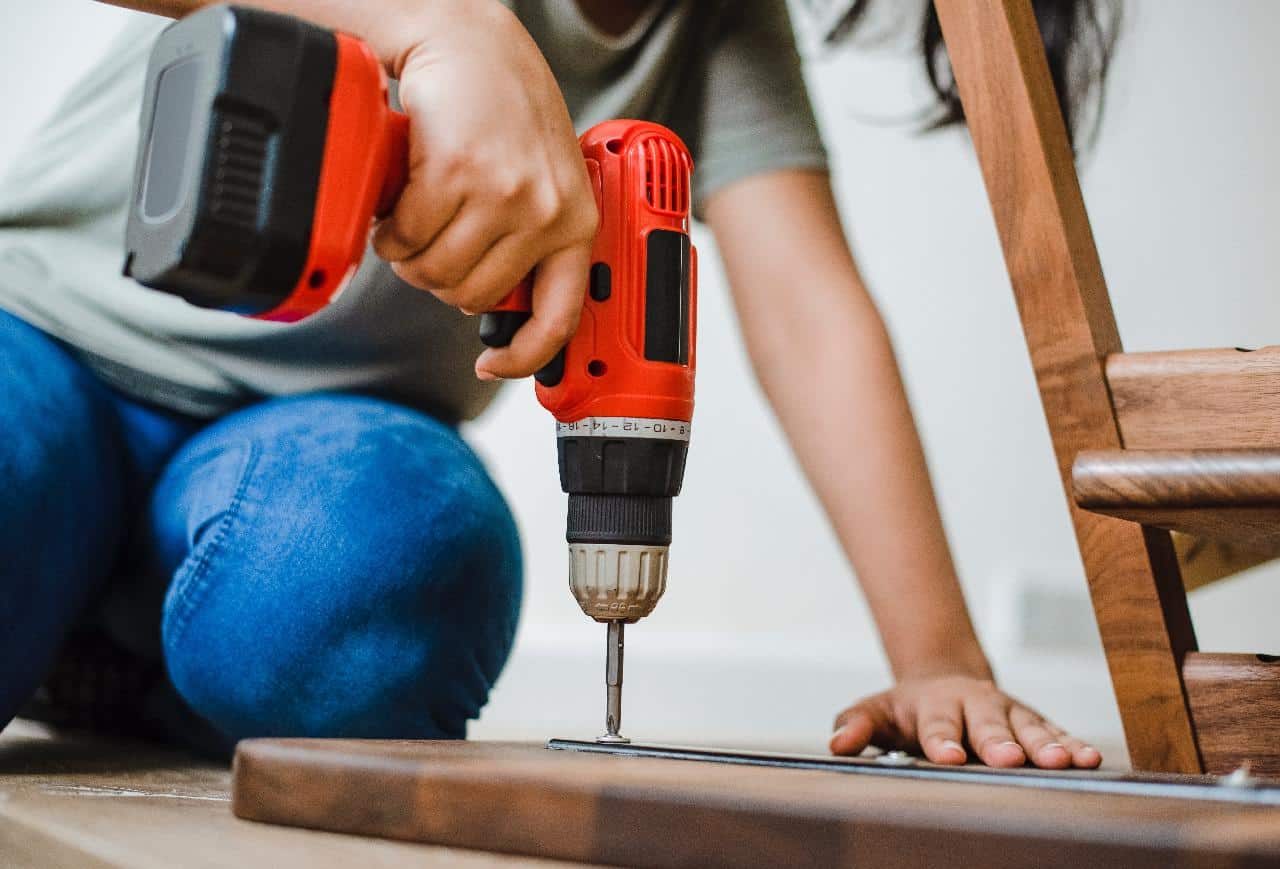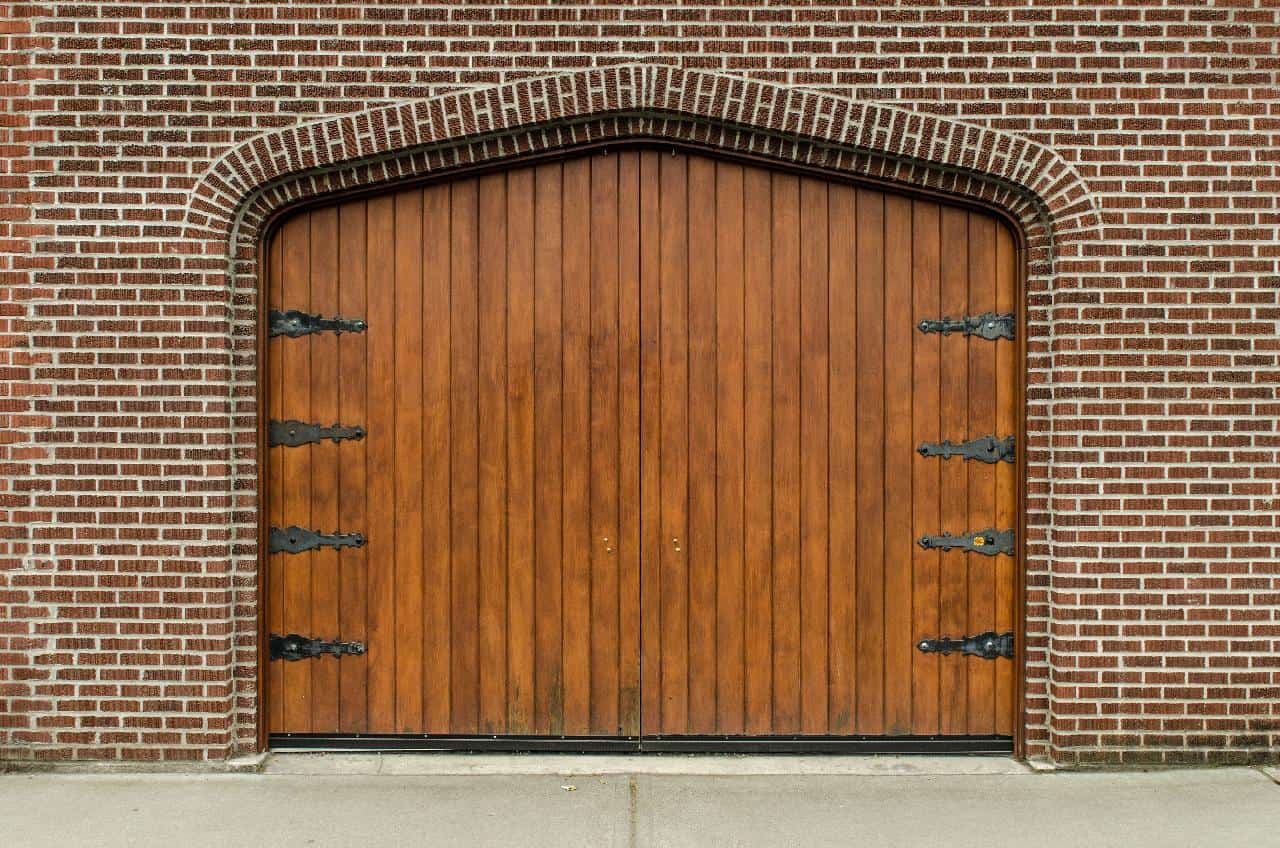The electric drill is an invention without which modern building and renovation simply wouldn’t be possible. And the advent of the lithium-ion battery has made the technology even more convenient. No longer do we need to put up with the inconvenience and danger of a trailing cable – we can simply slot in a lightweight battery-pack and get drilling. What could be simpler?
Of course, not all cordless drills are built exactly alike. You’ll want to select one that’s appropriate for your needs and budget. But with so many options available, making this decision can be daunting. Let’s see if we can bust some of the jargon, and point you toward the cordless drill that’s right for you.
What types of cordless drill are there?
Your options tend to fall into two categories: drill-drivers and combi-drills.
Drill drivers are designed specifically to drive screws and to drill small holes. They’re lightweight and flexible, and ideal for simple household tasks like putting up shelves and hanging pictures.
Combination drills come with an extra function called hammer-action. These make the drill bit not only spin around and around, but rapidly move backwards and forwards. This makes them great for drilling through concrete and masonry. They’re about as capable as the typical DIY project will demand: while there are dedicated drills for heavy-duty tasks, they’re typically only suited to professionals.
What voltage do I need?
You might suppose that a higher voltage drill will be able to deliver more torque. This isn’t technically always the case, but in practice the more powerful drills do tend to be backed by eighteen volts or more. If you’re looking in the single-figures range, then the chances are that you’re looking at a more lightweight driver drill.
The higher the voltage, the heavier the battery pack will tend to be. But this is also impacted by the capacity of the battery.
How long will the battery last?
The best indication of a battery’s lifespan is its Ah, or Amp hours. The larger this number, generally speaking, the longer the battery will last – but bear in mind that the harder you drive the drill, the quicker the battery will drain. Turn that hammer function off when you aren’t using it!
Other features
You might find that certain other features are useful when you’re drilling.
The Chuck
Different size chucks will accommodate different sized drill bits. Unless you’re looking for something seriously large, you shouldn’t be able to go far wrong.
Depth Stop
This is a bit like a ruler sitting alongside the drill which will let you know when the hole is at the desired depth. Stop drilling when the end hits the surface. This is great if you’re drilling lots of holes and you need to be precise.
LEDs
An LED fitted to the barrel will allow you to see what you’re doing when drilling. They require barely any energy, and they’re great when you’re drilling in darker corners.
Extra handle
If you need stability and accuracy, an extra handle is well worth shopping for. They’re typically found on larger drills.
Discover more from Futurist Architecture
Subscribe to get the latest posts sent to your email.



![modern apartment [article_title]](https://www.futuristarchitecture.com/wp-content/uploads/2025/03/9-Puzzle-Perfect-Tricks-to-Layer-Rugs-Like-a-Pro-900x600.jpg)